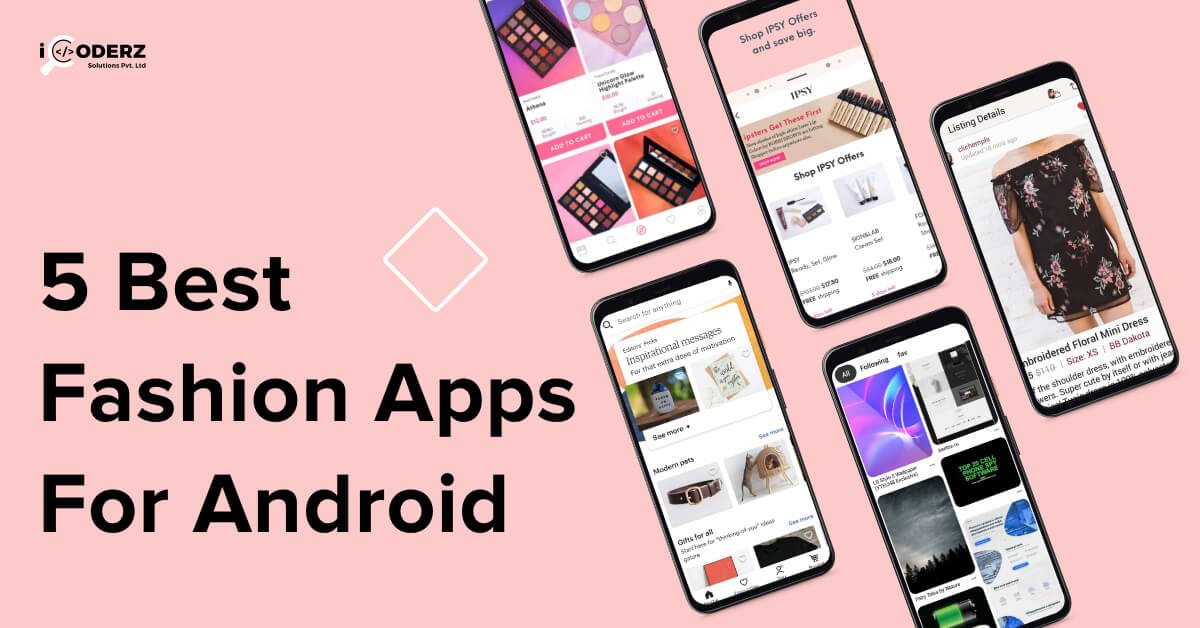Table of Contents
In this age of modernization, everyone is interested in things to be confirmed and to be fast and safe, and here lie major factors where this thing can go fast and exclusive. We had nearly overcome many of the problems like Healthcare issues, technological advancement which has enabled us, humans, to be in a perfect stage.
A stage that everyone is capable of sorting out their problems and is independent in dealing with their issues. The age of the Internet has enabled many of us in multi-dimensions, and we, as human beings, are very capable of handling it throughout the way.
Have you guys have ever heard about the apps be popularly known as Practo or ZocDoc? This is one of the significant Doctor Apps which are further used as Major Doctor Appointment Booking App. This App is majorly used in major cities in India for booking Appointments with the famous doctors and can able to figure out the quality of the medical practice is available to the patients.
These things are majorly monitored all under an umbrella, and this service has been availed throughout the cities underpaid fees. This has been done and finalized under a particular App like Practo or ZocDoc, which new Doctor Appointment App.
This idea can be an interesting one as this is beneficial for both the Doctor and the patient itself. It could avail of a proper opportunity to book a suitable time for a medical appointment and avoid long queues. Through this, the Doctor could expand his/her client base and have data about their patient under one Umbrella.
Are Subscription Based Food Delivery Applications Worth For Your Startup?
Doctor Appointment Booking App Development can be done under the Medical Doctor Web App as follows:-
Online Data Storage
The Doctor Finder enables the Doctor to store the data of both the Doctor and the client or patient under one roof, and this can further be Stored in Cloud Storage in their respective profiles.
Filters
Now, let’s talk about the technology that is based on both the development platforms that are Android Based App Development and the iOS App Development. It can be further utilised in both in filtering out the Doctors and clinics by the filter, which is supposed to be the best option for them to reach the proper Doctor of their use.
Usage of Geo-Position
The usage of geo-position or the GPS is one of the most important features an app can have as it can enable you to sort out the significant Clinics as per your needs and can further show you the closest ones to your current location as per your needs.
The online booking system
The online booking system can turn out to be a handy tool as this payment mode enables you to directly pay to the doctors which indirectly cut you middlemen expenses which you earlier used to suffer as the middlemen often charges you a substantial charges which cost around 30-50% of the total amount and this turned out to be a bounty for them. But the online payment gateway enabled you to cut-throat the middlemen expenses and will allow you to pay through multiple payment gateways that are safe and secure most importantly; it saves you a lot of money.
Day and Night Communication
The day and night communication is a feature that is mainly enabled in most of the apps, and this allows the patient to consult the doctor24*7 at your fingertips. The day and night feature also allows us to have communication via chat, audio, and video chat as well.
In-app Notifications
The in-app notifications will enable the patient and the Doctor to know the Doctor and patient that they have an appointment next hour or so that they have a scheduled appointment as well. This also enables us the push notifications which push notifies you that when you need to take your medicines regularly and on time as well.
Doctor Reviews
This apps also enable the Doctor to know how he could help the patients as the patients have mentioned the reviews down below and can further improve the Doctor to gain more and more patients reaching him out as per his reviews.
Online Prescriptions
As time is developing, so is the technology. Gone are those days when we used to carry a small piece of paper which has been used by the pharmacy guys or the head doctor to understand or take reference of the case further for study and examination but as most of the persons misplace this small papers now the technology has enabled us to keep the Digitalised Online prescriptions which can be carried anywhere and can further be shared for multiple purposes extensively as well.
How much Does it cost to build such a Web Doctor Appointment Booking App and Its Development?
Outlining your Purposes and discovering the Target Audience
Before starting any business, you should strongly focus on your purposes for building an App and further on the expansion of your business what steps should you take to target the audience you are going to invest in. As a whole, any success or bankruptcy of a business lies behind on your proper planning and resource outsourcing, where you expand your business. Hence you should target your audience correctly.





3 comments